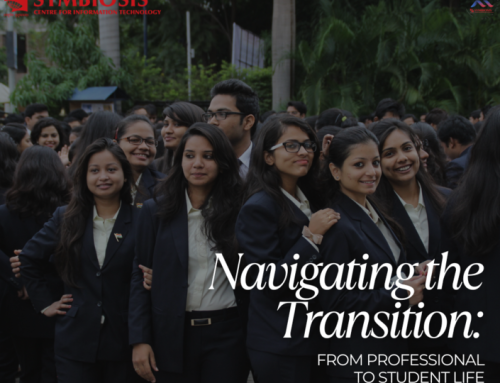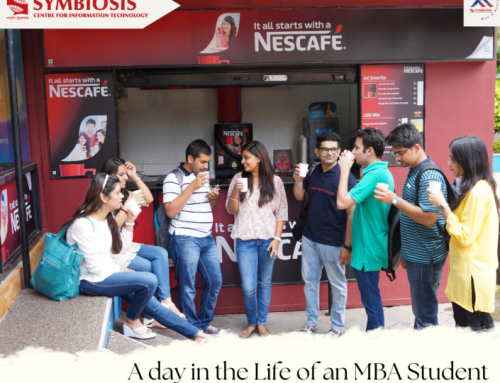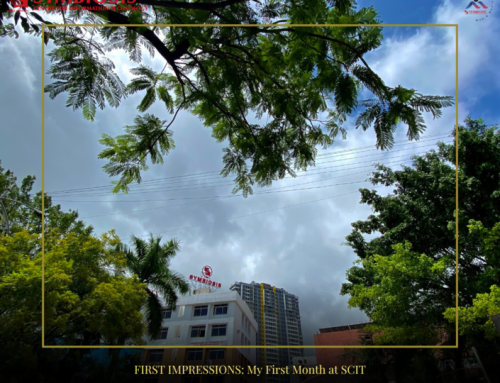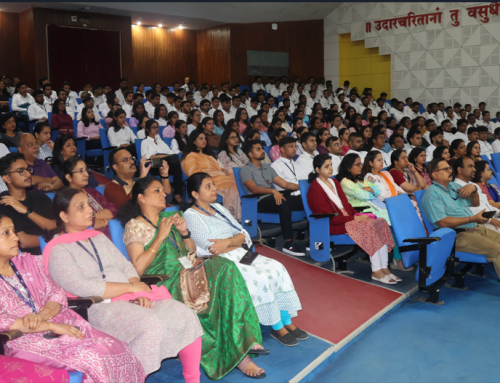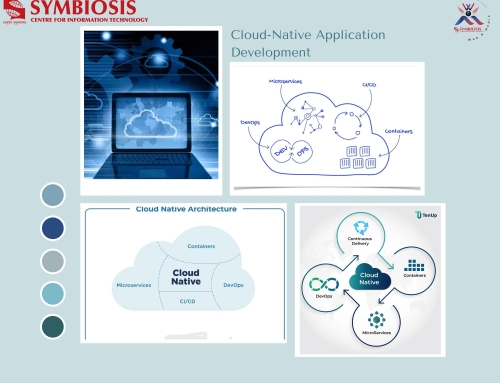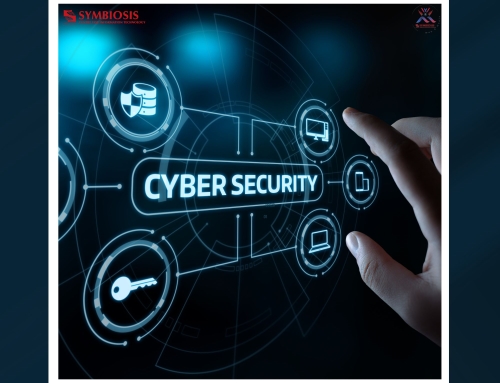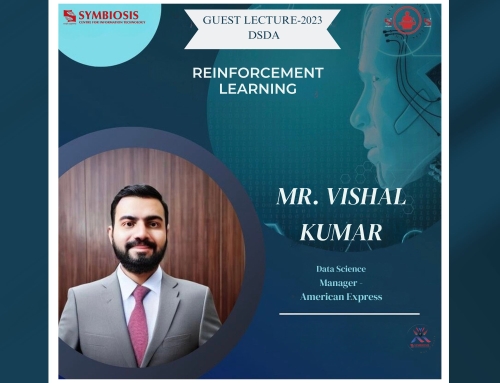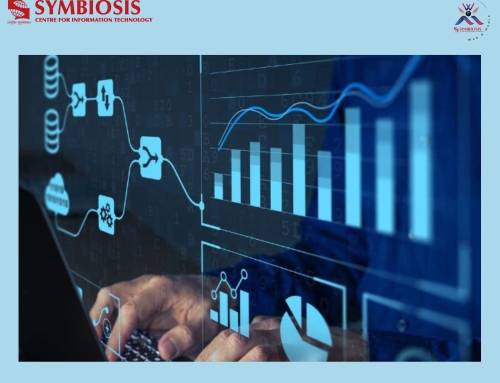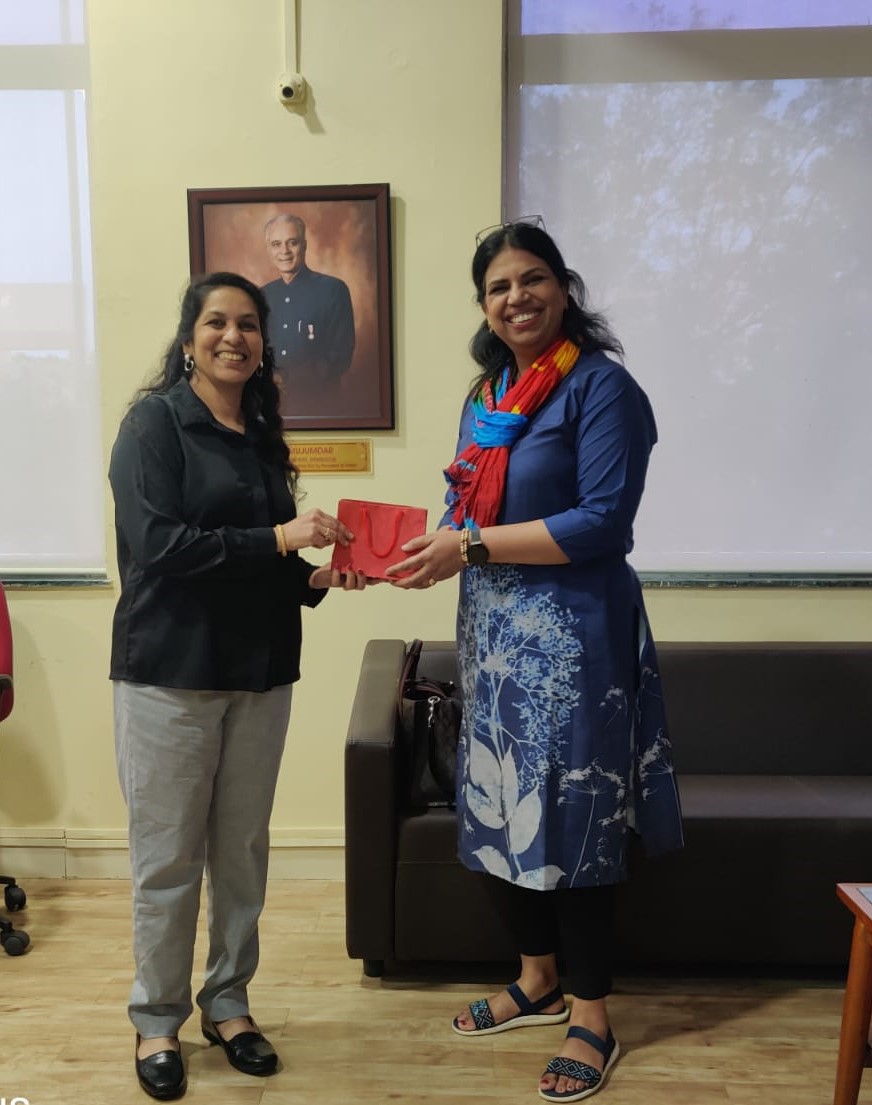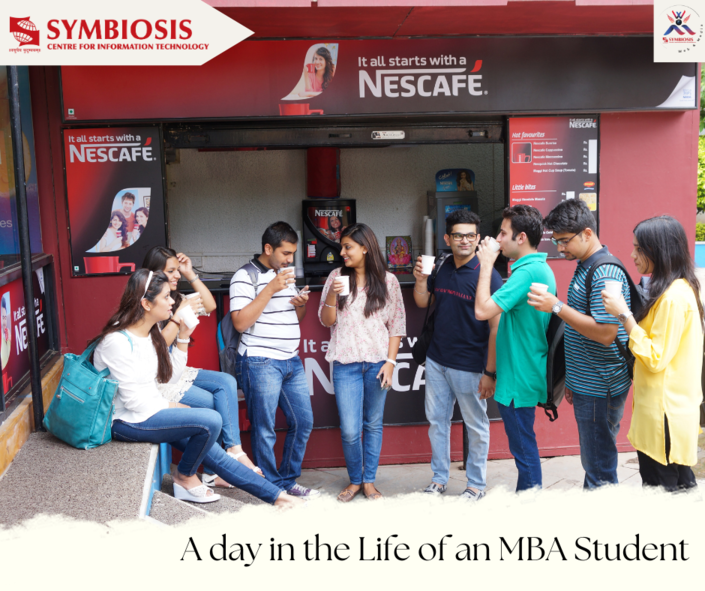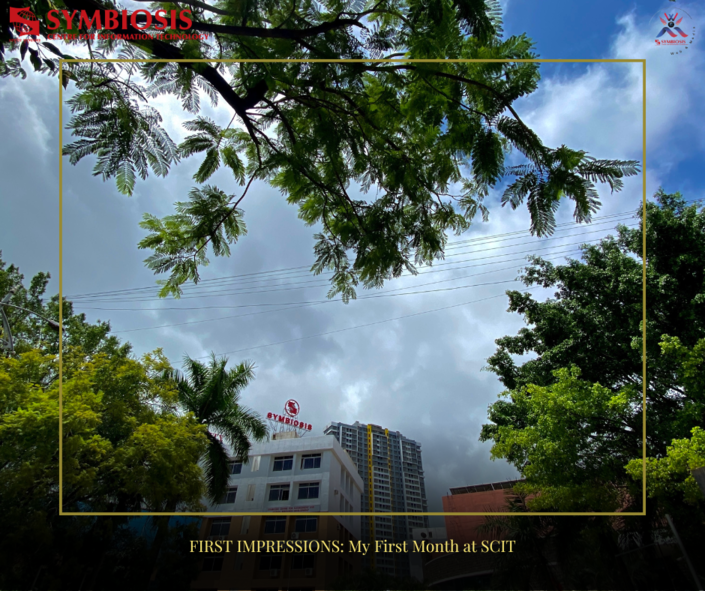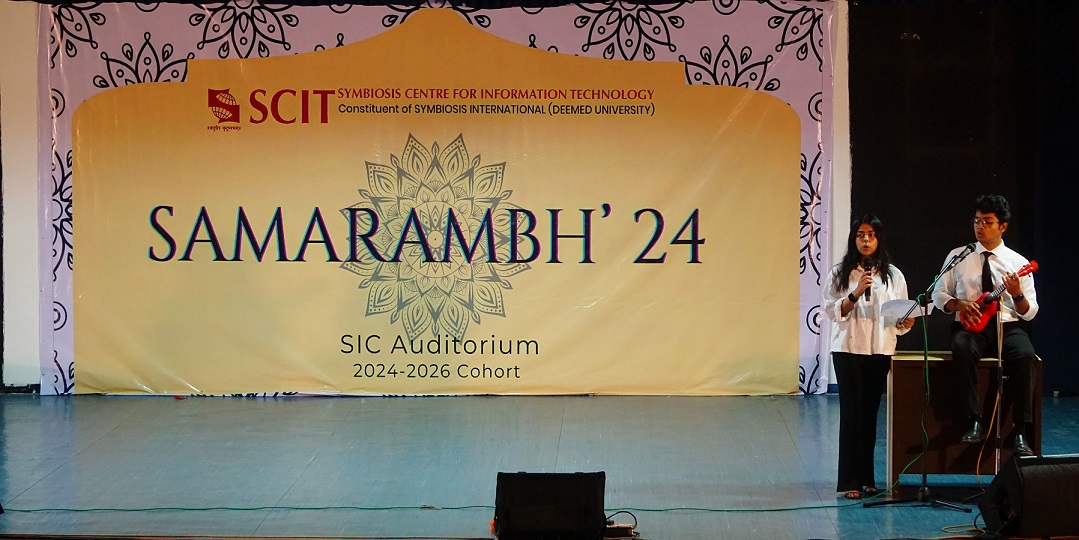IT Sales and Trends

On 23rd October 2021 there was a guest lecture by Mr. Pankaj Gaikwad who is a solutions architect at T-Systems ICT India Pvt. Ltd. He is also an alumnus of SCIT. The topic of the guest lecture was ‘IT Sales and Trends.’
He explained the generic sales funnel. At the top of the funnel, there are leads or probable customers. In the middle, there are prospective buyers to whom the products, solutions, and services are pitched. At the bottom of the funnel are the customers.
He next talked about the stages of the sales cycle. First stage involves prospecting for leads which involves identifying the potential customers. There are different sales functions like hunting which involves salespeople looking for new customers and farming which involves boarding customers for more business. Then comes the pre-sales function where there are bid managers, solution and technical architects. After this stage, there’s delivery involving the transition of IT infrastructure from one vendor to another. Once this is done operations take place where the IT solution is provided for the contract period. Then the finance team covers the commercial aspect. HR is introduced when there is rebadging. The product is then presented where the customers’ requirements are mapped and the business outcomes like ROI, USP and why the prospective customer must choose the service are quantified. After this, objections like technical solutions, price, risks, legal, comparison with competitive solutions and price are handled. The last stage is closing the sale.
The speaker next explained the bid cycle. For client requirements, there’s Q&A based on which there are assumed solutions, reviews and vendor shortlisting. There’s an opportunity qualification stage where associated risks, if product should be taken up or not, and timeline are discussed. Once the product is finalised there’s a bid manager. After solution finalisation and the legal team’s approval, the solution is presented to the customer. There’s a client visit for shortlisted vendors to know how capable the vendors are. The customer then goes for the due diligence stage which is one of the most important stages before closing. Where assumptions made for the deal are closed and negotiation scales to the transition, which is the movement of IT infrastructure from one vendor to another.
The speaker elaborated the roles involved in the sales process. The bid manager runs the deal for the salesperson. The sales manager gets the key insights that aren’t mentioned in the RFP (Request for Proposal) and RFIs (Request for Information) after talking to customers. The solution team has technical and solution architects with detailed solutions whereas the delivery team delivers the services.
The speaker then referred the McKinsey trends for the next 20 years. By 2050, 50% of today’s world activities could be automated. By 2030, up to 80% of the global population could be reached by 5G coverage. More than 75% of enterprise-generated data will be processed by edge or cloud computing by 2025. Approximately 10% of global GDP could be associated with blockchain by 2027. The global market share of quantum computing will be $1 trillion by 2035. There will be a 45 times cost reduction for sequencing the human genome that has been achieved in the past 10 years. More than 75% of global energy will be produced by renewables in 2050.
The guest lecture ended with questions, answers and a quiz.

